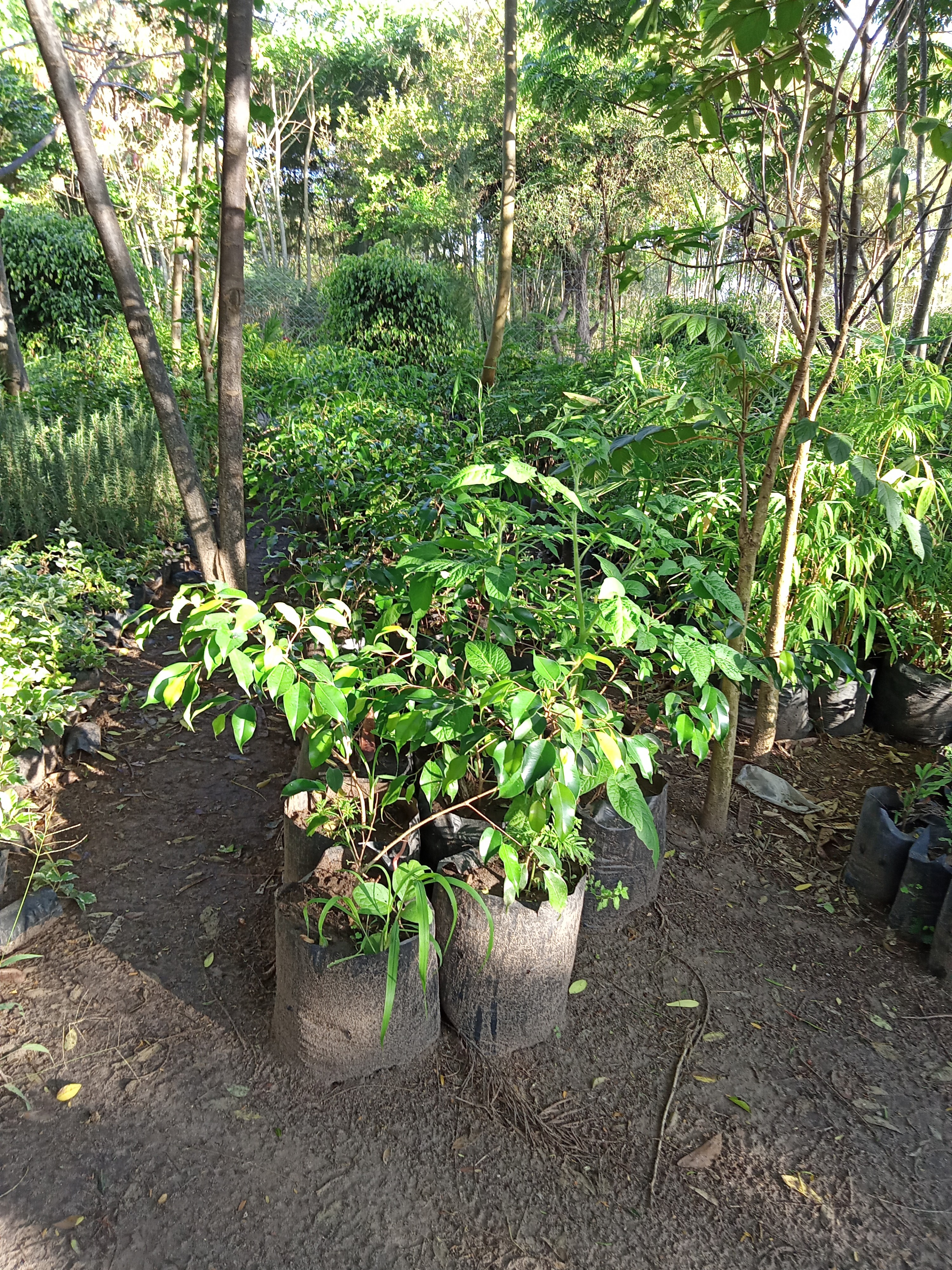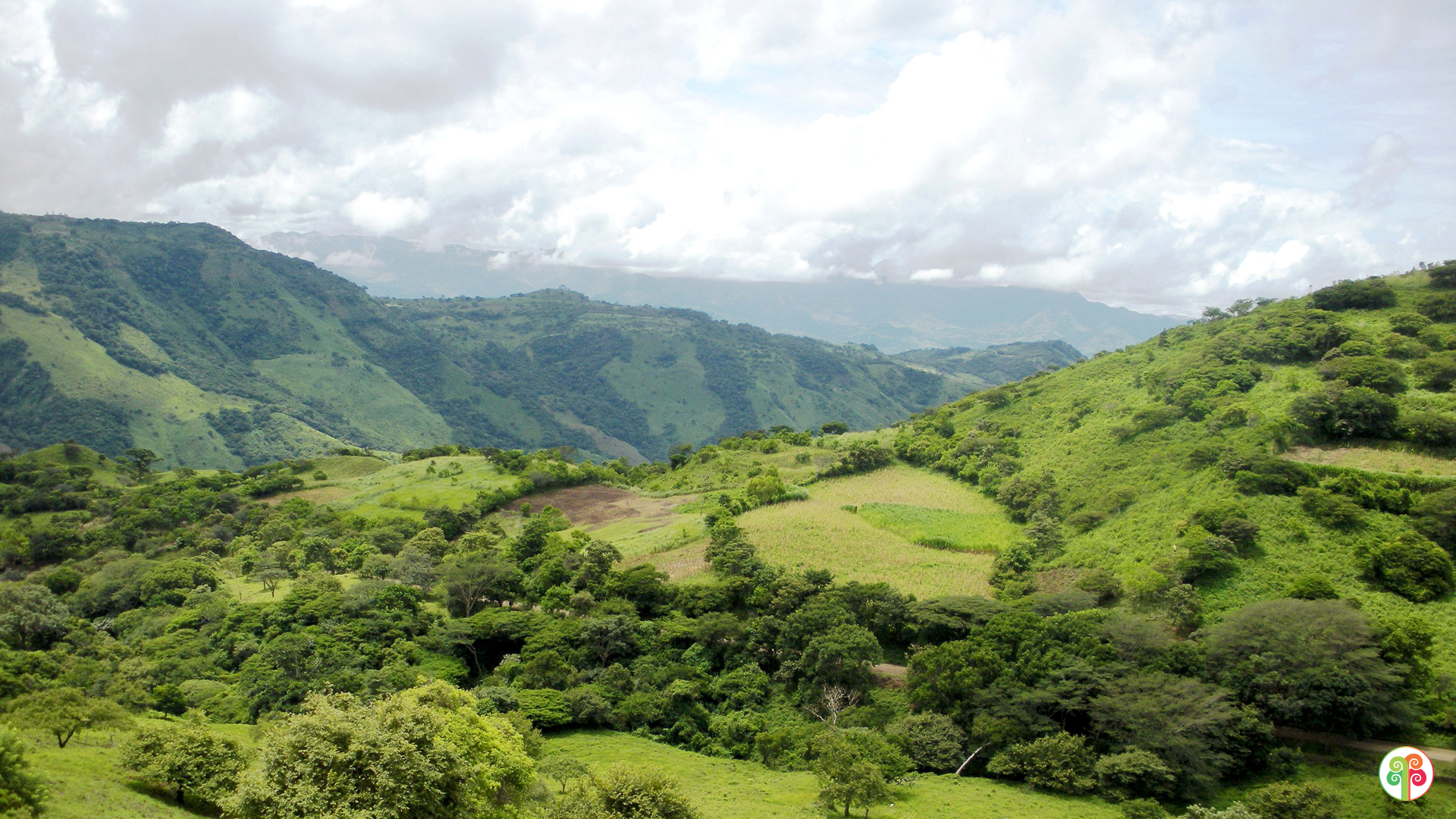
&

Glyndwr Consulting is helping deliver a number of education projects to Net Zero Carbon standard and we thought it was about time that our company played its part in trying to achieve this goal. Having looked at a number of options, Tree-Nation was the obvious choice to team up with. The idea is a simple one, each month a number of trees are planted that correlate with the number of employees of our company and, through an algorithm, the number of visitors to our website. Additionally, to play our part in delivering truly sustainable construction, we have made a commitment to plant a minimum of 10 trees for every new project we become involved in, making us a negative carbon organisation.
The impact we are having can been seen in our forest below.
“A single tree can offset up to 250 KG of CO2 during its lifespan”

More on Tree Nation;
There are 2 ways you can become Carbon Neutral as a company:
- By reducing your emissions to zero.
- By offsetting your emissions through a Carbon Capture and Storage (CCS) project or an Emission avoidance project
But the best solution consists in doing both: reduce as much as you can, then offset what is left.
At Tree-Nation they have developed a methodology that explores a fourth option.
Listening (or not) to the public consensus
In theory, it makes sense to focus on reducing emissions in the first place, as this will need to happen eventually in order to stop climate change. 20 years ago, this would probably have been the wisest decision. However, we have today reached a stage where lowering our emissions to zero will not even stop climate change: we also need to store the carbon already emitted floating in our atmosphere. Also offsetting plays an essential role in slowing down the tipping-points of climate change irreversibility, allowing us a very needed time to complete our transition towards sustainability.
“Trees are at least 100 times cheaper than the next best solution to store carbon. Plus they bring many environmental and social benefits beyond carbon”
15 years ago, the public consensus (or trend) was to put a 100% priority on reducing.
Offsetting was even perceived negatively as this could be seen as an excuse not to reduce.
5 years ago, the public consensus had moved where not only offsetting was accepted but was started to be seen as part of the solution.
Today, the shift has increased even more, and offsetting is not only seen as essential but considered by some as the cheapest and fastest solution to fight climate change!
What a journey from 15 years ago! When Tree-Nation started in 2006, they were pioneers of this. This often means going against conventional wisdom and but they believed it was important not to rest in the comfortable position we are in today, of being where the consensus is.
The mission is to look into the future, tomorrow is what matters.
The consensus will change again and consider offsetting not to be a secondary solution, or an essential part, but the very first thing we should do.
Why?
Reducing emissions is difficult!
Let's be clear, there is no alternative to reducing your company's emissions. This needs to be done, there is no other way. What we offer here is a methodology to achieve reducing your emissions faster, not a way to escape this inevitable duty.
The hard truth is that reducing emissions is really difficult. It takes time too. And companies are totally unprepared to do it, both because this will affect their bottom line as well as because this often requires a drastic shift in their corporate culture. We just need to see where we are today, with climate change being finally acknowledged by all as an undeniable truth, and yet, despite the fact that every company is perfectly aware of it, companies keep selling products and services that pollute. And so far customers keep buying them. No drastic improvement has been met, except some recent (and amazing) success in specific industries like energy (with solar) and transportation (with EVs).
Making a transition to sustainability, as a company, should not be underestimated. And this is why "reducing first, offsetting after" may not work well for your company.
Forest Facts;


